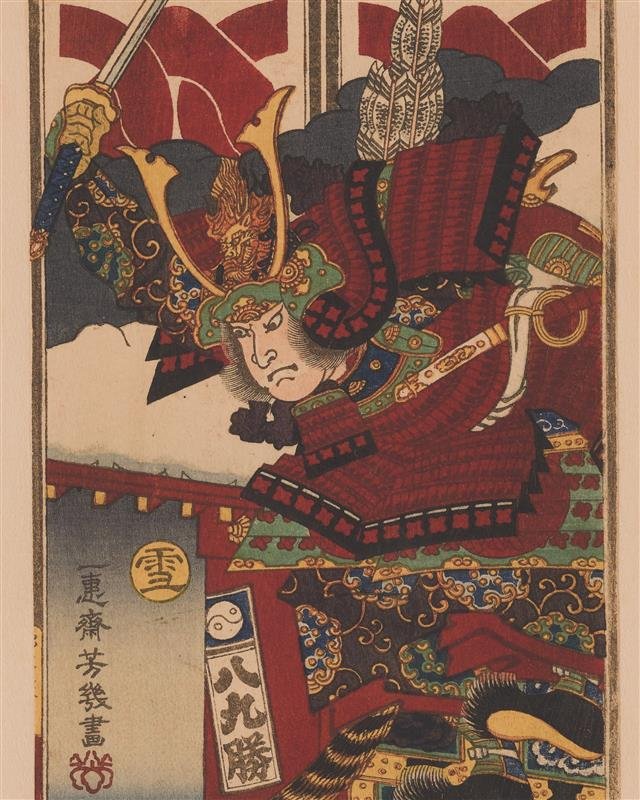The Way of the Warrior: The Bushido Tradition and Its Influence on Modern Craftsmanship
The Bushido tradition, also known as the Way of the Warrior, is a centuries-old code of ethics that shaped the lives of the samurai. More than just a set of battlefield rules, Bushido was a complete way of life that emphasized honor, loyalty, discipline, and mastery. It governed how a warrior should conduct themselves not only in combat but also in society, family, and personal growth.
While the age of the samurai has passed, the principles of Bushido continue to influence modern culture, art, and craftsmanship. From tattooing and fashion to fragrance and jewelry, the essence of the warrior’s spirit lives on in designs, materials, and storytelling.
The Origins and Philosophy of Bushido
Bushido developed during Japan’s feudal era as a guiding principle for the samurai class. Influenced by Zen Buddhism, Confucianism, and Shinto beliefs, this philosophy encouraged warriors to balance strength with wisdom and power with morality.
The code was built around seven key virtues
Righteousness, acting with integrity and moral justice
Courage, fearlessness in the face of challenges
Compassion, using strength to protect and serve others
Respect, honor and politeness in all interactions
Honesty, being truthful and authentic in every action
Honor, living with pride and dignity
Loyalty, unwavering dedication to one’s duty and commitments
Samurai warriors followed this code not only in combat but in every aspect of their lives, from how they trained and interacted with others to how they dressed, carried themselves, and even how they approached art and self-expression.

